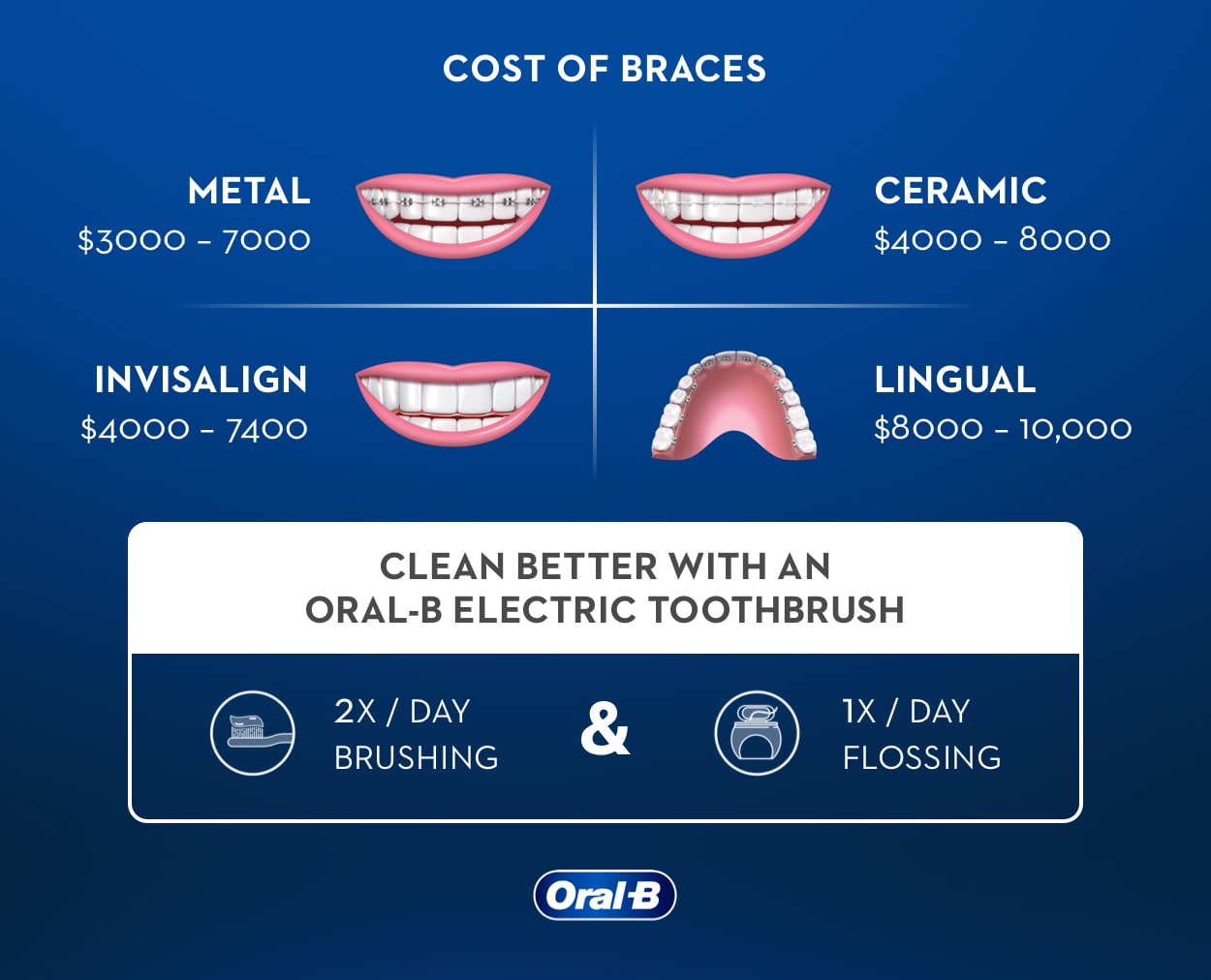What Establishes Cumming Braces and Aligners Apart from Various Other Orthodontic Treatments
What Establishes Cumming Braces and Aligners Apart from Various Other Orthodontic Treatments
Blog Article
Comprehensive Overview to Orthodontics Treatments for Correcting Dental Misalignments
In the world of orthodontics, the journey to accomplishing a flawlessly aligned smile involves a myriad of procedures tailored to remedy oral imbalances. From typical dental braces to invisible aligners and even surgical choices, the field of orthodontics provides a variety of solutions to resolve differing degrees of dental irregularities. Comprehending the ins and outs of each treatment, including their systems, benefits, and prospective disadvantages, is vital in making educated choices concerning one's orthodontic therapy. As we navigate through the detailed overview to orthodontic procedures for correcting oral imbalances, the detailed information of each technique will unfold, clarifying the course towards a functional and harmonious oral alignment.
Orthodontic Procedures Introduction

Normal adjustments and monitoring are essential parts of orthodontic treatment to guarantee development is on track and to make any type of required adjustments along the method. By undertaking orthodontic treatments, clients can not just attain a straighter grin however likewise enhance their general oral health and wellness and function.
Conventional Braces: How They Work
When thinking about orthodontic therapies for oral imbalances, typical dental braces stand out as a time-tested approach for fixing teeth positioning. Traditional braces consist of braces, cords, and bands that work together to apply constant stress on the teeth, progressively moving them into the desired positioning.
One trick facet of just how traditional braces work is the process of bone improvement. As stress is put on the teeth via the braces, the bone surrounding the teeth is reshaped to support the new tooth positions. This renovation is necessary for the lasting security of the corrected alignment. Clients will need regular adjustments at the orthodontist's office to guarantee the braces continue to apply the correct pressure for reliable teeth activity.
Undetectable Aligners: Disadvantages and pros
These clear, personalized trays are essentially unnoticeable when put on, making them an appealing alternative for individuals looking for a more visually pleasing orthodontic therapy. Clients can get rid of the aligners before consuming or brushing their teeth, minimizing the risk of food getting stuck in the device and simplifying the cleansing procedure.

Surgical Orthodontic Options
Surgical interventions in orthodontics present sensible alternatives for resolving complicated dental misalignments that may anonymous not be effectively resolved via traditional orthodontic therapies. While unnoticeable aligners and conventional braces can correct several orthodontic concerns, particular tmj dentist situations require medical treatment to achieve optimum outcomes. Surgical orthodontic options are generally recommended for extreme malocclusions, considerable jaw discrepancies, and instances where the underlying bone framework needs alteration to accomplish proper placement.
One typical surgical orthodontic treatment is orthognathic surgical treatment, which entails rearranging the jaws to correct useful issues such as trouble chewing or talking. This surgical treatment is often executed in partnership with an orthodontist that helps line up the teeth before and after the procedure. Surgical orthodontics might likewise entail procedures to reveal impacted teeth, eliminate excess periodontal tissue, or improve the jawbone to produce an extra harmonious face account.
Prior to thinking about medical orthodontic options, clients go through a thorough examination to establish the requirement and possible advantages of such interventions. orthodontics. While surgical treatment might appear difficult, it can dramatically improve both the feature and aesthetic appeals of the smile in instances where conventional orthodontic treatments fail
Retainers and Post-Treatment Treatment

Failing to conform with post-treatment care instructions can result in regression, where the teeth slowly move back towards their initial placements. Constant retainer wear, good dental health, and routine dental exams are essential for maintaining the outcomes attained with orthodontic surgical treatment and guaranteeing the long-term security of the fixed dental placement.
Final Thought
To conclude, orthodontic procedures use different options for dealing with dental misalignments. Traditional dental braces utilize metal braces and cables to shift teeth right into appropriate placement. Undetectable aligners supply a more discreet option but might not be appropriate for all instances. Surgical orthodontic choices are available for a lot more severe imbalances. Retainers are typically used post-treatment to keep the new placement. In general, orthodontic treatments can efficiently enhance dental health and wellness and visual appearance.
As we browse with the detailed overview to orthodontic procedures for fixing oral misalignments, the elaborate information of each approach will unravel, shedding light on the path toward a functional and harmonious dental positioning. - cumming invisalign
One of the most common orthodontic treatments is the use site web of braces, which consist of metal brackets and cables that use mild stress to progressively shift teeth right into the wanted placement.When considering orthodontic therapies for dental imbalances, standard dental braces stand out as a reliable approach for fixing teeth positioning. Additionally, invisible aligners might not be ideal for complex orthodontic problems that need more substantial teeth movement, as they are commonly advised for light to modest instances. Retainers are personalized orthodontic tools made to hold teeth in their corrected positions after the conclusion of orthodontic therapy.
Report this page